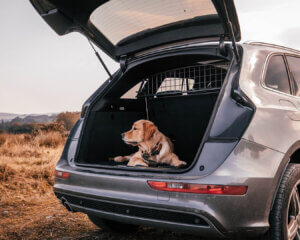According to a report in The Guardian in December 2021, it is estimated that 2 out of every 3 UK drivers are not aware that new Highway Code rules are to be implemented on January 29, 2022. To spread the word more broadly so that drivers are fully up to speed, we thought we’d highlight 3 new regs (H1, H2 and H3), and flag one of the existing rules (rule 57) that drivers sometimes miss. The full list of changes is given in this government issued document.
Spotlight on some of the new Highway Code rules
H1: Show consideration to more vulnerable road users
Termed the “hierarchy of road users”, this rule change puts responsibility on drivers to be more aware of and considerate towards vulnerable road users such as cyclists, horse riders and pedestrians. This principle trickles down so that cyclists and horse riders should show consideration to pedestrians. The aim is for mutual respect of road users, so all can benefit from a safer experience on the road.
H2: Pedestrians take priority at junctions
At a junction drivers, cyclists and horse riders must give priority to pedestrians waiting to cross the road into which you are turning or from which you are turning.
H3:Don’t overtake cyclists or horse riders to turn left
This is in the case of turning into a different road. You must not overtake a cyclist and then turn left, but give the cyclist space and turn left once the cyclist has passed the junction turning point.
Spotlight on an existing Highway Code rule
Rule 57: When in a vehicle make sure dogs or other animals are suitably restrained so they cannot distract you
while you are driving or injure you, or themselves if you have to stop quickly.
We’ve flagged this one in previous blog posts, but it is so important to reinforce that a dog should be suitably secured in the vehicle. A solution is to utilise a dog guard so that the pup is very securely positioned at the rear of the vehicle. A vehicle-specific dog guard such as the Travall Guard is ideal as you know it will stay firmly in place even on the bumpiest of roads.
